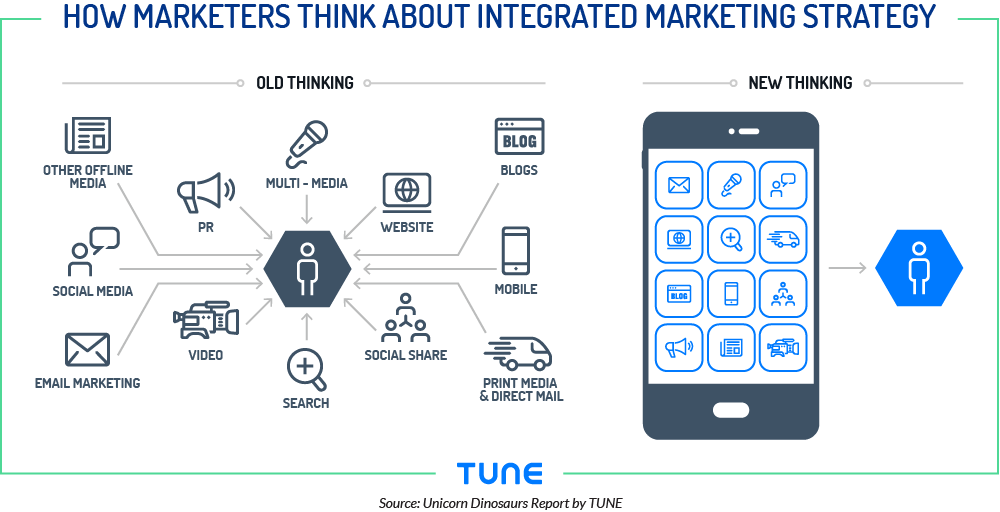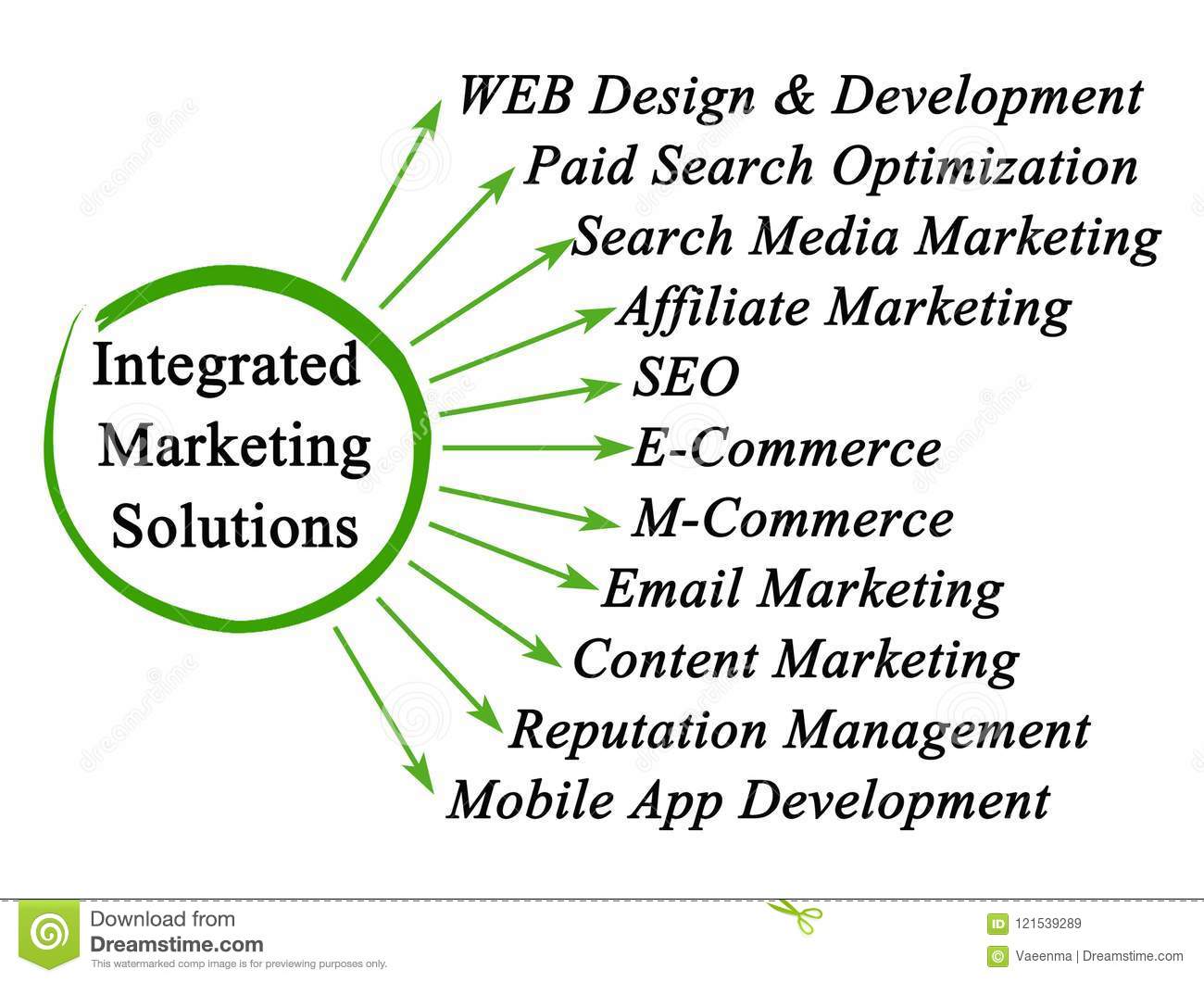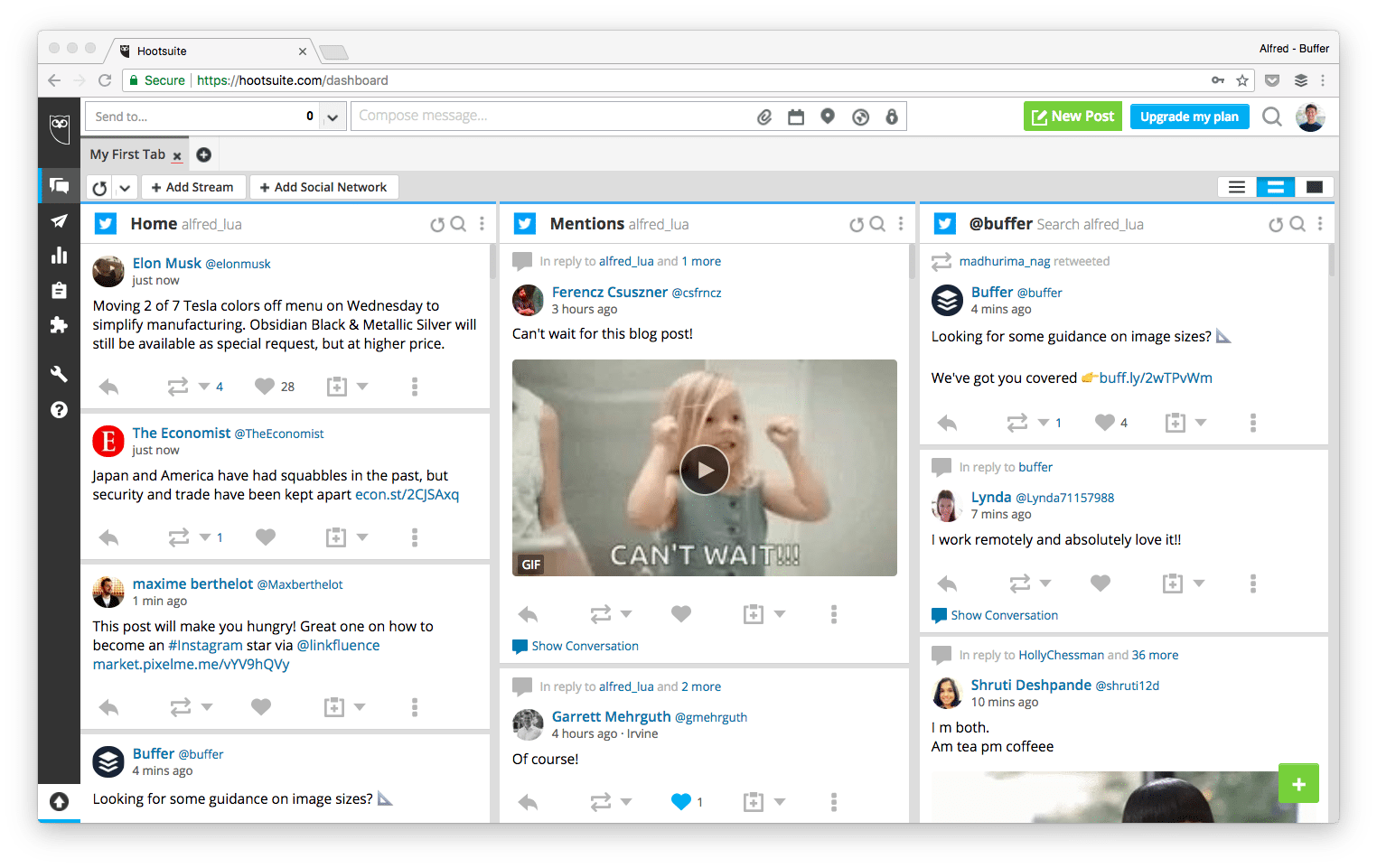
One way to determine the content of your marketing strategy is to research your target audience. Know the age range and demographics of your competitors. What are their hobbies? What are their common interests? All of these things can help you devise a marketing strategy aimed at attracting your target audience. These are the essential elements of a marketing strategy that works. To determine the best marketing strategy, it is important to know your audience.
Guide to building a content marketing plan
The key components of a content marketing strategy are many. The two most important steps in creating a strategy and a content plan for your brand are: Without a plan, you're unlikely to be successful in reaching your marketing goals. Though it can be difficult, developing a strategy is worthwhile in the long term. Here are some important points you need to keep in your mind.
Your target audience. This will enable you to develop content that is useful and relevant to your target audience. This is key to creating content that leads to conversions. For example, if your goal to increase revenue is to create content that converts, then you should be focusing on the sales leads and sales generated by your content. TikTok, a video platform that is very popular with teens, can be used if you are targeting a younger audience. A successful content marketing strategy requires time, organization, creativity, and tools.
An effective content strategy is key to creating content that is clear and concise. It will be easier to track the success of your content strategy. It is important to track your progress against your goals. This will allow you to track your progress and improve your strategy. You can build trust and authority online by using content marketing. Content measurement is only one part of content marketing. You also need to create a plan for publishing your content on other platforms.
Examples of content-marketing strategies
Content marketing strategies are vital for anyone looking to make sales or generate leads. This type of content allows you to engage and start conversations. Social media can be used as a platform to promote your content. A central core of content is found on your website, homepage. It can then be reused through other channels like email, videos, and blog posts.

If you want to be different from the rest, it is essential that your brand voice is distinctive. A recent Sprout Social research found that 33 percent consumers enjoy brands with unique personalities. How can you make your content stand out? Here are some examples:
YouTube videos have become a more popular method to reach a large audience. YouTube channel GoPro is an example of a content marketing company that uses video. Buffer, the popular video sharing site, uses video to boost traffic exponentially. It had reached 100,000 customers after just nine months. What's better? This will allow you to monitor the performance of your content, and decide if it is working. Your content strategy will let you know how your efforts are affecting the business.
The key elements of a content-marketing strategy
The Five C's of a content marketing strategy are company focus, content creation, check-back analysis, and channel promotion. The content marketer will be able to address all the points and develop a comprehensive content plan by following these elements. Content marketers have to be strategic in order for them to succeed in today's highly competitive marketplace. This process is not easy. These are the essential elements you should have in your content-marketing arsenal if content creation and implementation is difficult for you.

Understanding the audience. Your audience is not just buyers. It can also include potential customers. Before creating content that helps them make decisions, it is essential to identify their needs. You need to identify your audience and create buyer personas before you can achieve your content marketing goals. By clearly defining your audience, you can better target your content creation efforts. You can create a compelling content plan for your audience by identifying their interests and needs.
You should provide details about the product, category, or service that you wish to target in your strategy. You must also identify the messaging you want to use and any potential obstacles. Once you have identified your target audience you will need to create a content platform which can convert them. You can use landing pages, blogs and websites as content marketing platforms. Your content should be designed to address their needs and provide you with measurable results.
FAQ
What is the best content marketing platform?
There are many platforms on the market today. Each platform has its own pros and cons. Here are a few popular options:
-
WordPress is simple to set-up and manage. Great community of users.
-
Wix – Setup and maintenance is much easier than WordPress There is no technical knowledge required.
-
Squarespace is the best choice for those already having a site.
-
Blogger – Free blogging service
-
Medium - A place for writers to share their work.
-
Instagram – An image-based platform.
-
LinkedIn - An online networking tool.
-
Facebook - A social networking site.
-
YouTube - Video sharing platform.
-
Pinterest - Image-based platform.
-
Google Analytics – Track visitor behaviors.
-
Hubspot – Email marketing software.
-
MailChimp – Email marketing software.
What is my ROI for using a Content Marketing Strategy
Businesses who implement a Content Marketing Strategy see a return on investment (ROI), between 5x-10x greater than those that do not.
A Content Marketing Strategy helps to generate leads, and sales.
It provides valuable insights into the business. These insights will help you make better decisions such as identifying opportunities and improving customer service.
So, if content marketing strategy is something you're interested in, here are some numbers:
You can easily double your overall revenue.
What makes content marketing work?
Yes! Hubspot states that Content Marketing is now the number one digital marketing channel for lead generation.
Statistics
- Progress indicators (0–100%) allow each team member to see how attainable each goal is and understand what remains to be accomplished. (semrush.com)
- We found that 40% of businesses don't have a documented strategy yet. (semrush.com)
- According to the Content Marketing Institute, 70% of B2B marketers and 86% of B2C marketers surveyed use content marketing in some form or other. (criteo.com)
- According to our research, 65% of companies with very successful content marketing in 2021 ran content audits at least twice a year. (semrush.com)
- Measure your goals with a progress indicator of 0-100%. Make your goals collaborative and transparent (semrush.com)
- In fact, would pay more for a better customer experience, and 86% of B2B buyers would pay more. (neilpatel.com)
- To further show the importance of this, 89% of people have stopped doing business with a company because of a poor experience. (neilpatel.com)
- Forty-seven percent of buyers view 3 to 5 pieces of content before engaging with a sales representative. (mailchimp.com)
External Links
How To
Informationgraphic creation tips to help with content marketing
Infographics are an effective way to explain complicated concepts clearly and make information understandable. Content marketing aims to provide useful and valuable information to your target audience, so you should consider using infographics to help spread this message.
To create an infographic using design software such Adobe Illustrator, Photoshop or other similar programs, you will need Adobe Illustrator. These programs can be used to create different shapes and elements that represent your data. Then, you can add colors and fonts to make it look great. Once you have your design ready, upload images from Unsplash or Pixabay to add to it.
Check out existing infographics online to get some ideas. A picture of a food Pyramid could be used to show how many calories each food has. Or you could look at how many sugars are found in soda pop and replace that number with a picture from a Coke bottle.
Once you have created your infographic it is possible to share it via social media channels like Facebook, Twitter and Google+. This helps people who aren't familiar with the concept learn about it. Use hashtags to let others know what infographic you are sharing on social media. Users can follow along with specific conversations using hashtags.
You can make infographics shorter if your posts are short. An average blog post can range from 2000 to 5000 word, while an informationgraphic needs only 500 to 1000 words. This means that you can convey more information in a shorter space.
When designing your infographic, remember that some viewers may struggle to read small font sizes. Make sure you use large enough fonts and don't rely too heavily on color for your graphics. Also, ensure all text is legible.
Here are some additional tips :
-
Choose an Infographic Template. You can find many templates online or in printed formats. Canva, Piktochart or Google Slides are three of the most well-known templates.
-
Make your Infographic. To create your infographic, use the template. You can use whatever media is most appropriate for your audience. In this example, photos of Seattle restaurants might be used to create an infographic about Seattle's best restaurants.
-
Add text. After creating your infographic, add text with Microsoft Word, PowerPoint, and Canva.
-
Add Images. Images can be added to your infographic. These can be pictures, charts, graphs, or icons. Make sure your picture is relevant to the topic you are adding.
-
Make It Interactive. You can also add interactive elements such buttons, maps, links, and other features. This will make it easier for your audience to interact with you.
-
Share. Share the infographic once you're done.
-
Measure. Measure. Did people click on your website? Did they sign-up for your email address? What was their reaction?
-
Improve. Is there a way to improve your infographic? Do you think your infographic could be better?
-
Repeat. Do this again!